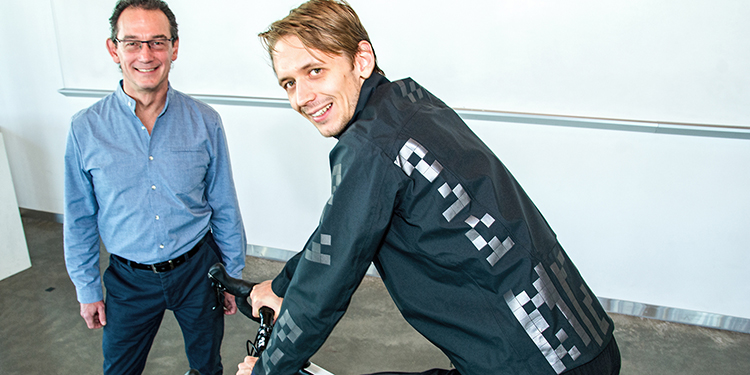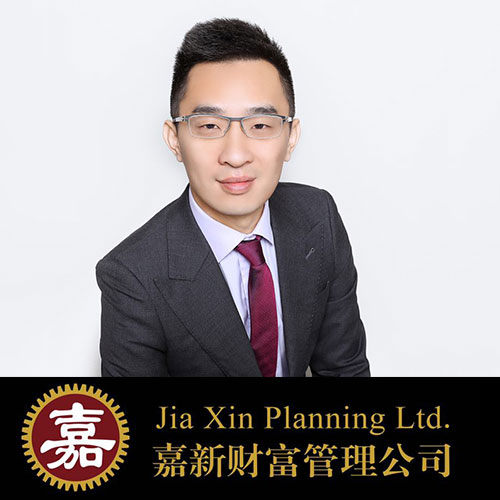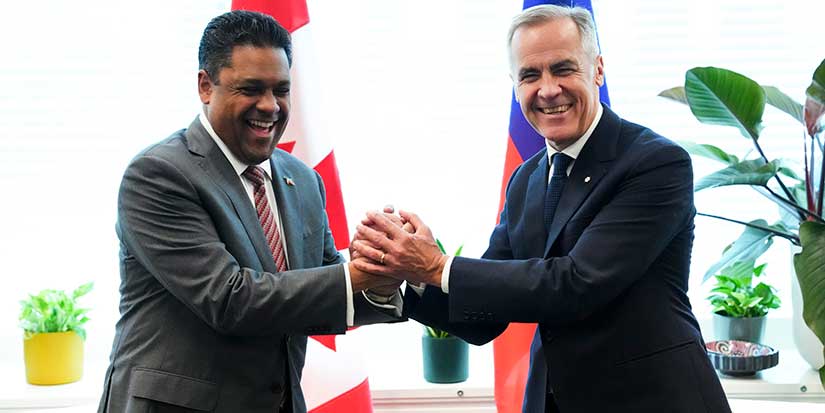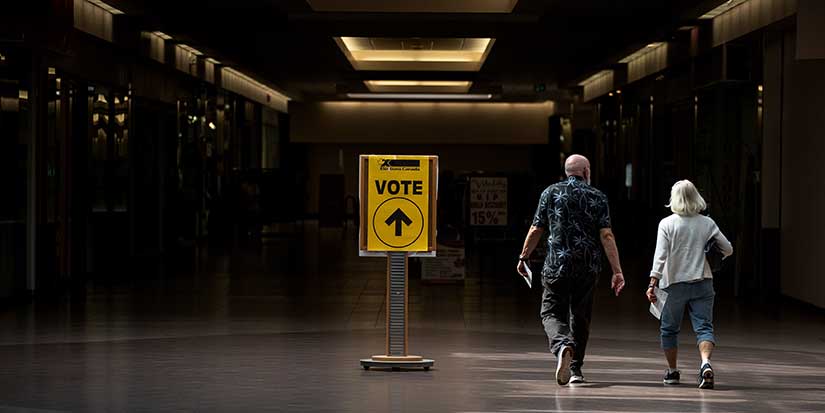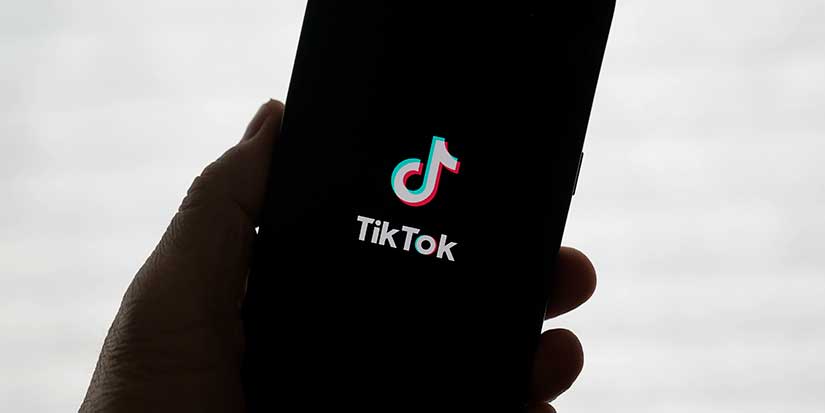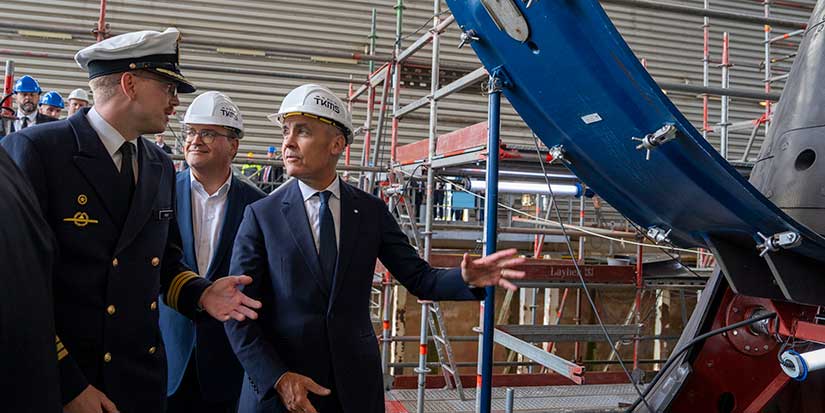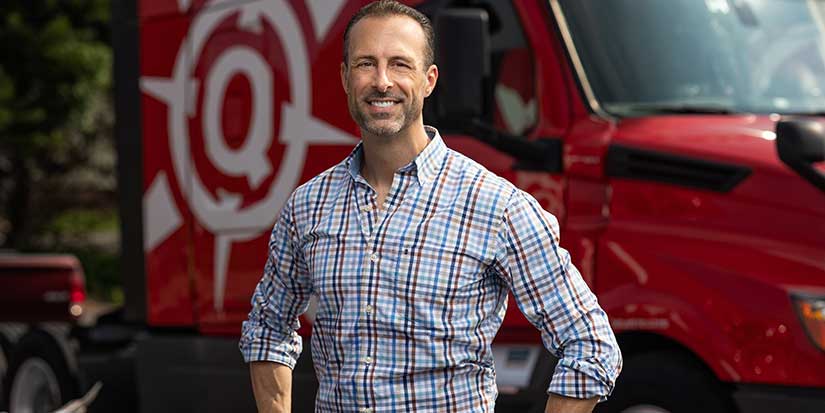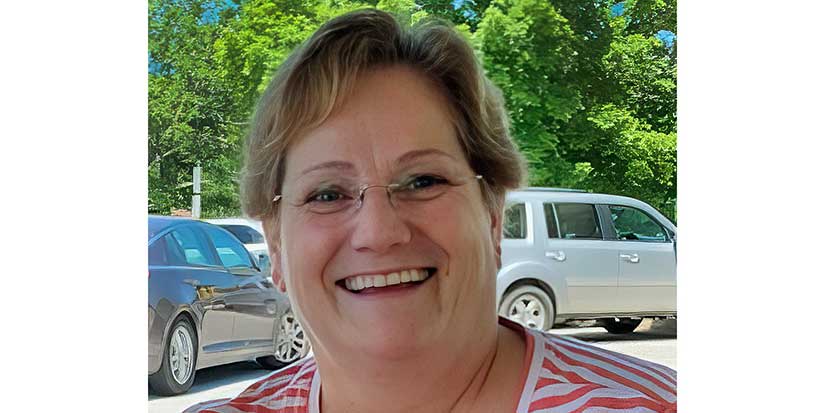Latest News
KPU's wearable tech program bars none
Published 11:22 PST, Thu January 3, 2019
Last Updated: 2:12 PDT, Wed May 12, 2021
Philip Siwek decided to go back to school.
“It’s been a bit of a long journey,” he says
of his career path. After studying arts for a year then doing an undergraduate
degree in industrial design in Toronto, he worked as a design consultant before
heading to Kwantlen Polytechnic University’s Wilson School of Design to study
again.
This time, he chose the 18-month Technical
Apparel Design post-degree program.
“I guess it was the greater opportunities and
also the opportunities to explore a new field of design and essentially branch
out, learn new skills, learn what I could do creatively,” Siwek, whose name is
pronounced “Sheevek,” says.
Siwek has achieved his goal. His wearable
tech grad project used bar code technology printed onto a bicycle jacket so
that driverless cars can “see” a bike rider and tell which direction they are
going.
Wilson School of Design lecturer Dan Robinson
says Siwek’s bike jacket addresses how to improve the communications between
autonomous vehicles and cyclists, so the car can tell which side of the cyclist
it is looking at and which direction the bike is going.
“It’s one thing to register that it’s a
cyclist,” Robinson says, “but it’s another thing to understand what the cyclist
is doing. If you don’t want it to run into a cyclist, the car has to predict
what the rider’s behaviour is going to be. Is it riding across, past, or likely
to turn?”
Robinson says the big problem is how to
communicate that to something that doesn’t have a human brain.
That’s where Siwek’s design comes in. With
different bar codes on each sleeve, as well as the front and back of the biking
jacket, the autonomous car can read the bar codes, identifying whether the bike
is coming towards, away or across the car’s path.
It’s not a slam dunk. It takes time,
patience, consultation and testing different models to come up with the final
product.
“It’s work. Especially in a creative field,
people assume as a designer you sit around and then you draw your build. It’s
actually a lot of research, figuring out the problems that come up along the
way, doing your research, trying to understand your users, trying to figure out
the best way to test things,” Siwek says.
Robinson’s experience makes him well-suited
to teach.
“I came in as a guest lecturer in universal
design. It is really a core part of what I teach in the Wilson School of
Design. The rest of my time, I’m a consultant in ergonomics. Robinson
Ergonomics Inc. is my day job. Teaching at Kwantlen is my other hat.”
And what, you may ask, is an ergonomist?
“I spend my life watching people work,”
Robinson replies “studying what does and doesn’t work well, how to redesign it
so it does work well. It’s user-centred design. I’m really spending time with
people, doing whatever they do and looking for ways to make them more effective
at doing that.”
And sometimes, more effective also means
safer.
It turns out, we live in a hub for wearable
tech, according to Robinson.
“Metro Vancouver has some really neat people
with some really neat talents in that area. My day job is really trying to keep
people safe at work and effective at what they do.”
“The payoff is the end result and if you do
the work, you’ll have a good design,” Siwek says.
According to Robinson: “The whole process we
use is really a user-designed process.”
He says the students have to ask themselves, “Who
are we designing for? What do they do and how they do it, in what environments,
and then we use that understanding to identify any gaps that may be addressed
through design.”
He says it takes research.
“It’s about helping identifying opportunities
and it’s not just market opportunities. There’s a problem that has not been
solved. In the Technical Apparel Program that’s what makes it tech—it’s solving
a functional requirement.”
Siwek says of the program: “I’ve learned at
KPU. I’ve learned about the apparel industry; how an apparel is designed, about
manufacturing, the relationship between brand companies and the offshore manufacturers.”
The students in the program all journeyed to
a major manufacturer in Vietnam to have their wearable tech made.
“I learned about the amount of innovation and
creativity that goes into creating garments and the amount of work. I have
learned a lot about apparel. It’s just opened up my eyes in terms of the
industry and the similarities and differences from regular product design,”
Siwek says.
Robinson adds that this wearable tech is not
just for hard-core fitness fans. “Within the Technical Apparel Program, one of
the interesting things I have noticed is that we think of accessible or
universal design as designing just for a disability.”
Instead, he says, look at it from the
perspective of designing a jacket for a mountaineer, where there is super-cold
weather that affects dexterity, which leads to poor strength and cold hands.
He says that if the student designs something
that is easier to open and close for the mountaineer’s cold clumsy fingers, it
makes the jacket more useful to people who live daily with poor hand control
and strength.
“That now is really universal design,”
Robinson says. “If it works better for everybody, it’s an easier sell.”
Robinson says by including more users, you
increase your potential market. When a designer and manufacturer aims only at
the able-bodied, he says, “you shut out a big part of the market because
(people with disabilities) are simply not going to use your product,” noting 15
per cent of Canadians live with a disability.
Siwek’s design can work for wheelchair users
too, so autonomous cars can also make the same safety decisions about people
who use a chair or a motorized scooter to get around.
So universal design is not just good for the
soul; it is good for the bottom line.
Just as medical research involves patients in
research design and all the way through a project, Robinson says, “Involving
the users with what you’re doing is a core principal of what we teach.”
While inclusion isn’t always easy and the
solutions can be challenging to fine tune, as recent graduate Siwek says, “Being
a designer who faces complex challenges, that’s what I want to be.”
For more information click.
